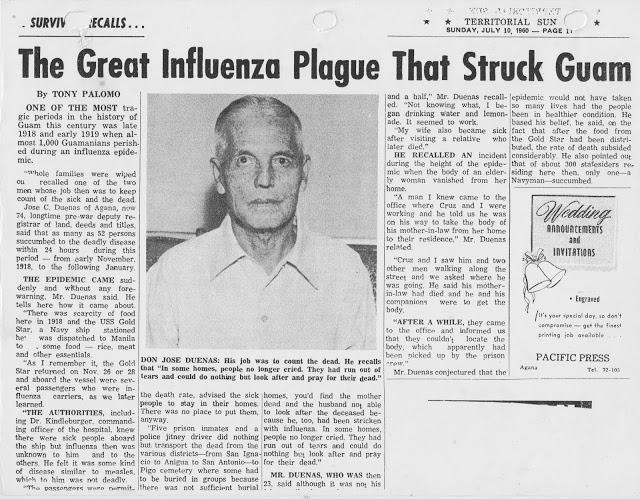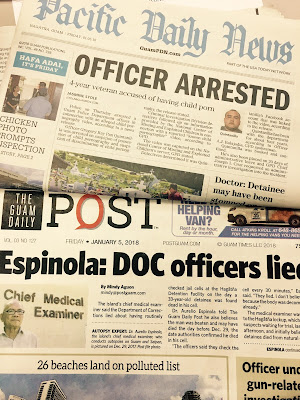Fanohge Columns
The Fanohge Coalition formed earlier this year in part as a way of continuing the energy that was captured during last year's Fanohge: March for CHamoru Self-Determination. So far the group has written letters to elected leaders, organized forums and is planning to also send out a candidate survey this month. The Fanohge Coalition is made up of 37 different groups, and represents a wide swatch of Guam society. There are political status task forces, non-profits, small businesses and cultural organizations. Some are more conservative, some are more progressive. All are united however by the idea that the Chamoru people deserve to be treated with dignity in their own land and part of that is protecting their right to self-determination. Another unifying aspect to the coalition is the belief that Guam's political status should be changed to something more equitable. The coalition isn't untied by any particular options, but believes that a new status where Guam and its communit




